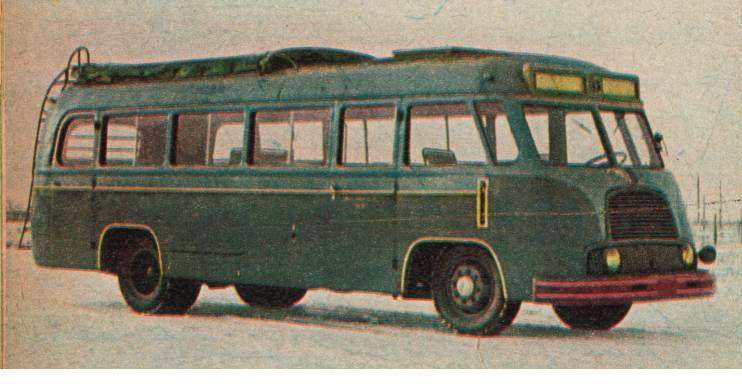|
Stanisław Panczakiewicz
Stanisław Panczakiewicz was a pioneering Polish car body designer and engineer. Career Panczakiewicz attended Staszic junior high school in Warsaw. After the outbreak of World War I, he interrupted his studies in 1916 to join the Polish Legions in World War I, Polish Legions in the Austria-Hungary, Austro-Hungarian Empire. He served in the 5th Infantry Regiment of the 3rd Brigade of the Polish Legions. In 1917, due to the Oath crisis, he was interned together with his regiment in Zegrze near Warsaw. Thanks to the help from his family, he regained his freedom, but on condition that he joined the Central Committee of the Army as a one-year volunteer. Since his father was from the Austrian partition, Stanisław was granted Austro-Hungarian citizenship. In 1918 Panczakiewicz was sent to the infantry officer school in Opava. Before that, he filled the gap in his education by obtaining a secondary school leaving certificate in Kraków. He left officer school with the rank of ensign. A ... [...More Info...] [...Related Items...] OR: [Wikipedia] [Google] [Baidu] |
